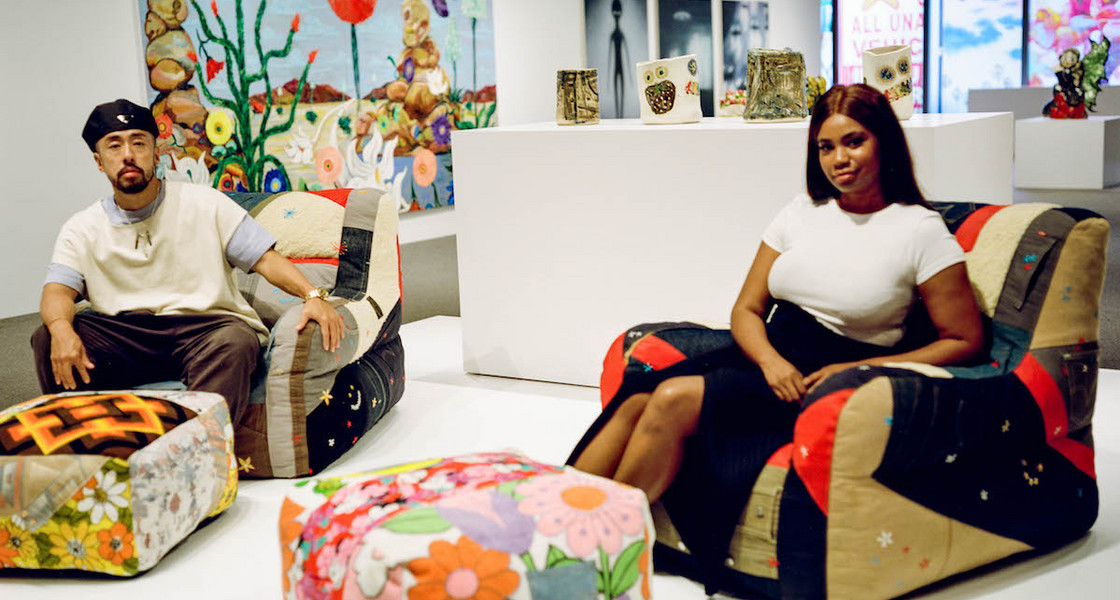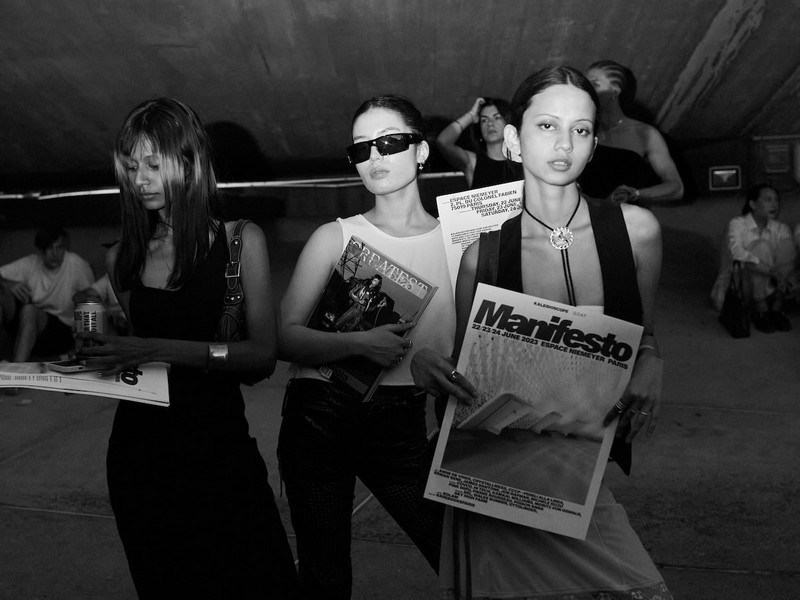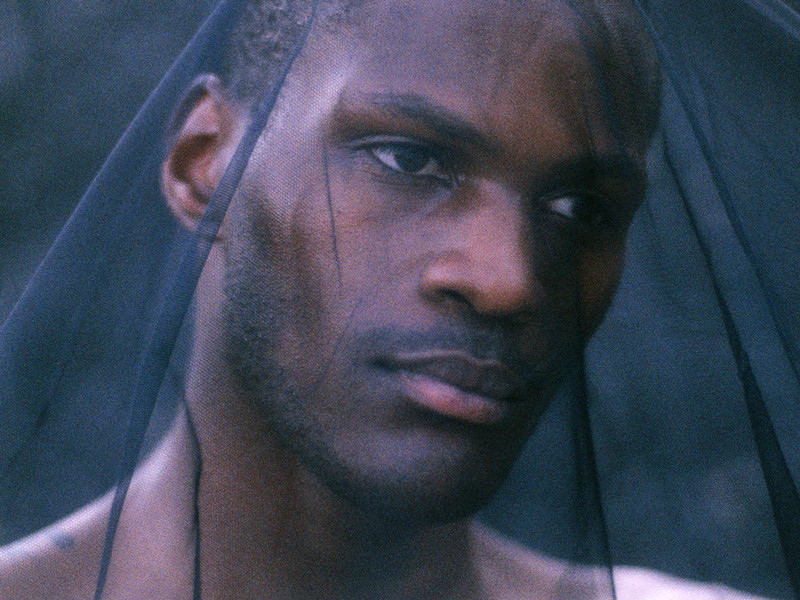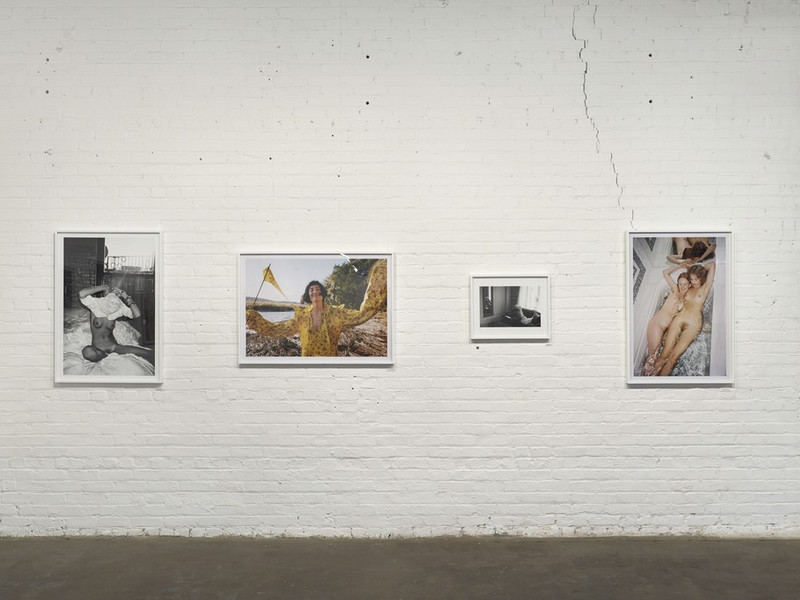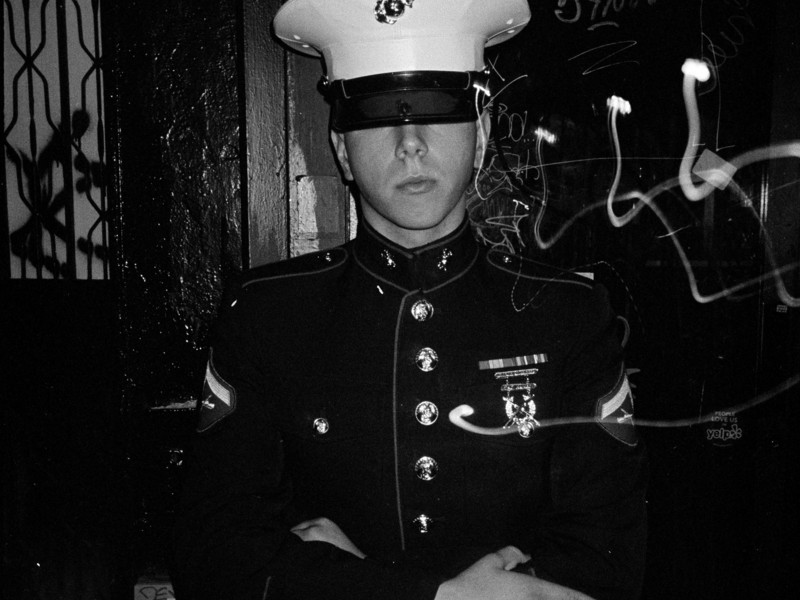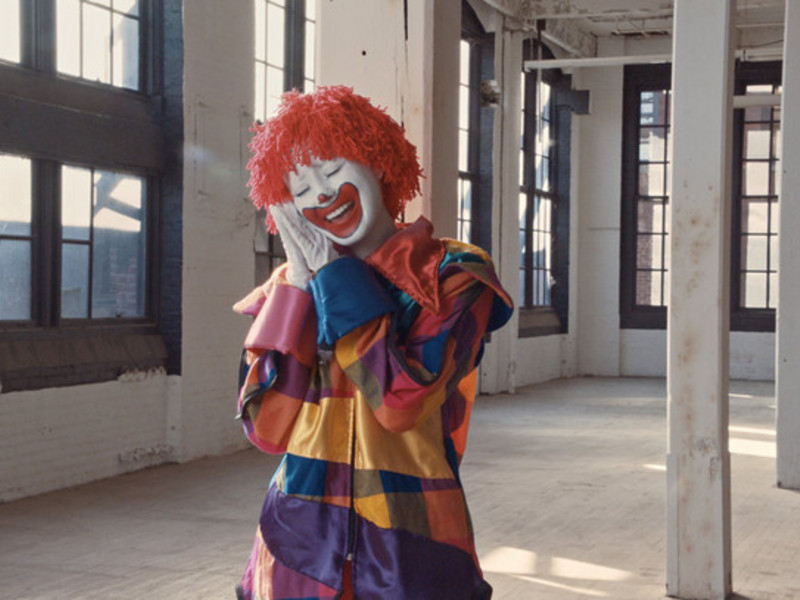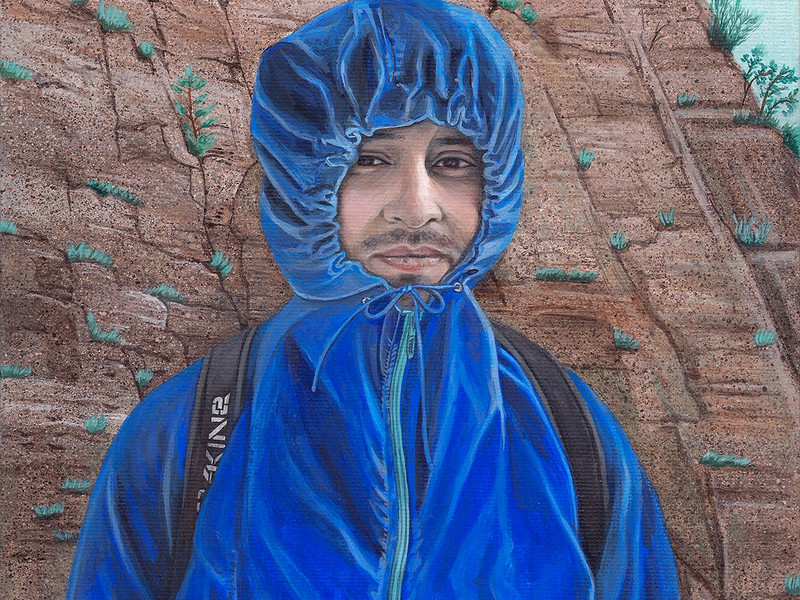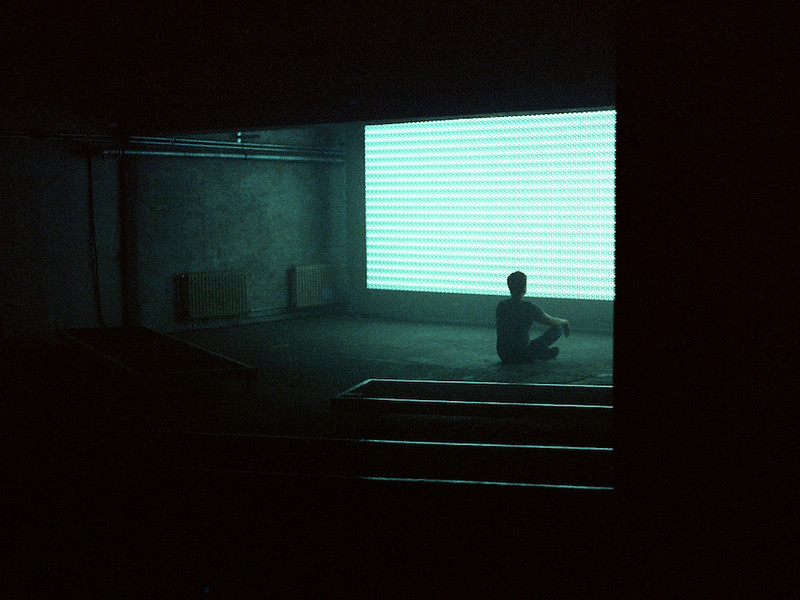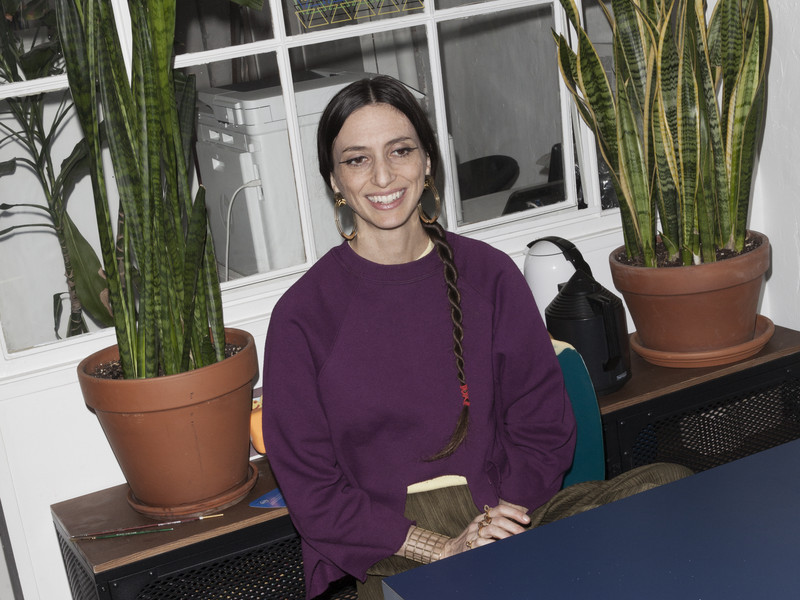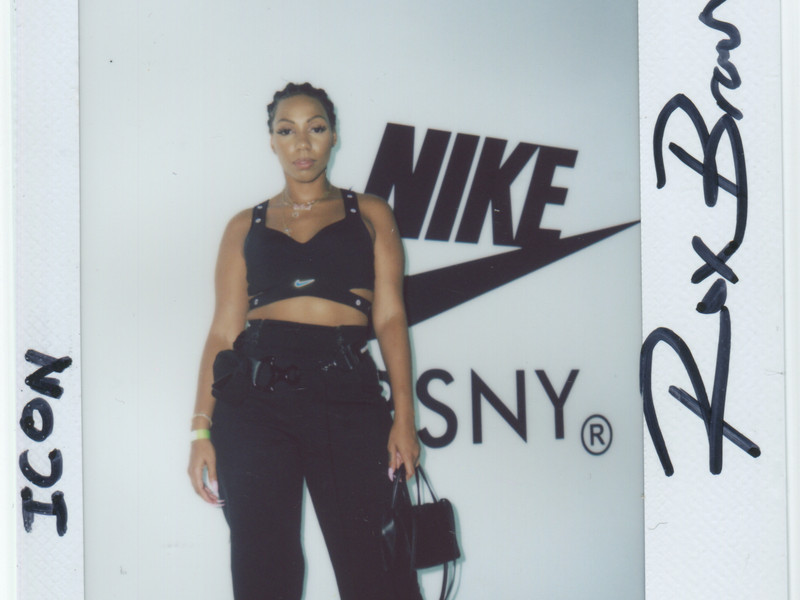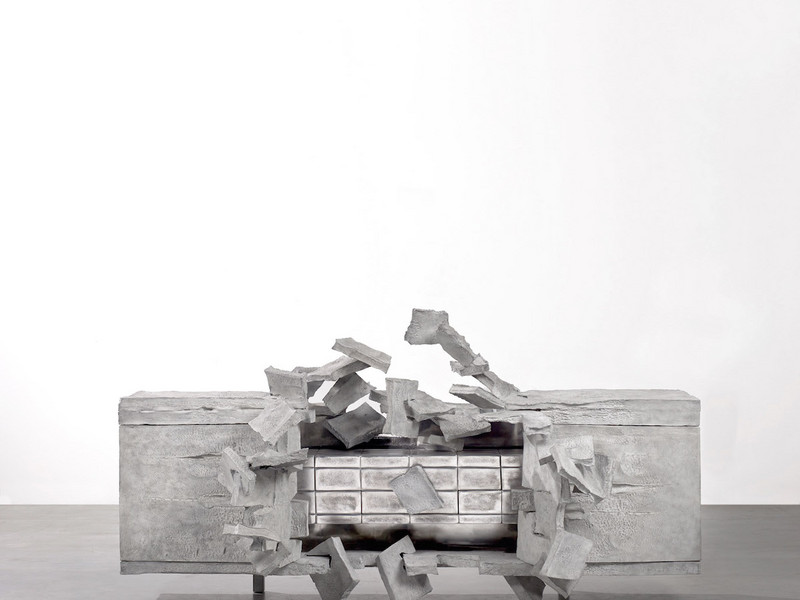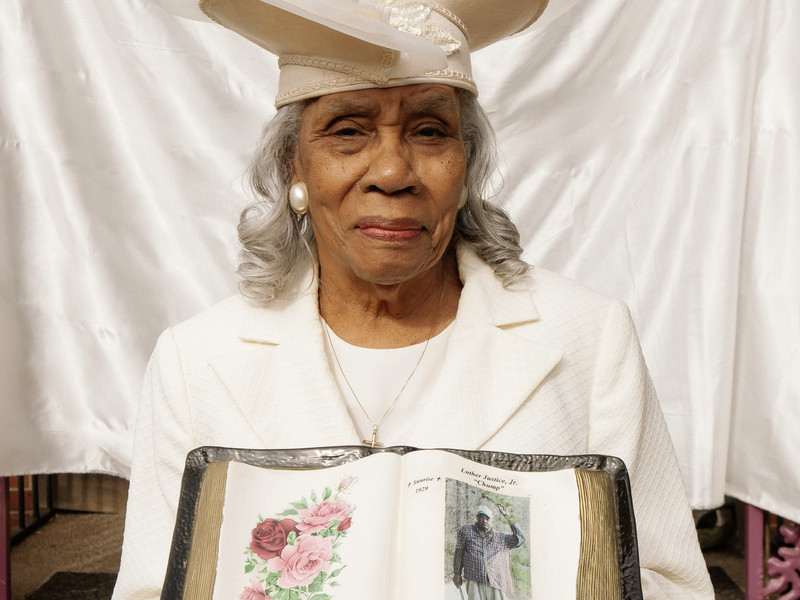Hot Concrete: LA to HK
"For Hot Concrete LA to HK, we really wanted to share a piece of Los Angeles in Asia, and Hong Kong was the best place to do it. All the artists were so excited to represent their home city in a region they'd never visited before. The ethos at Sow & Tailor is "family," so having our love for LA and its energy is important. We are thankful to our Hong Kong family for inviting us out here to bring this incredible exhibition. Hong Kong has never seen a show like this before, so it was important to engage with artists who are multi-generational, emerging to establish to give a wide range of what is currently going on in the LA art community. We are showcasing painters, ceramics, furniture design, video installation, leather-worked tapestries, and more. Having a well-rounded perspective is what drove the curation," Galloway details the meaning behind the show.
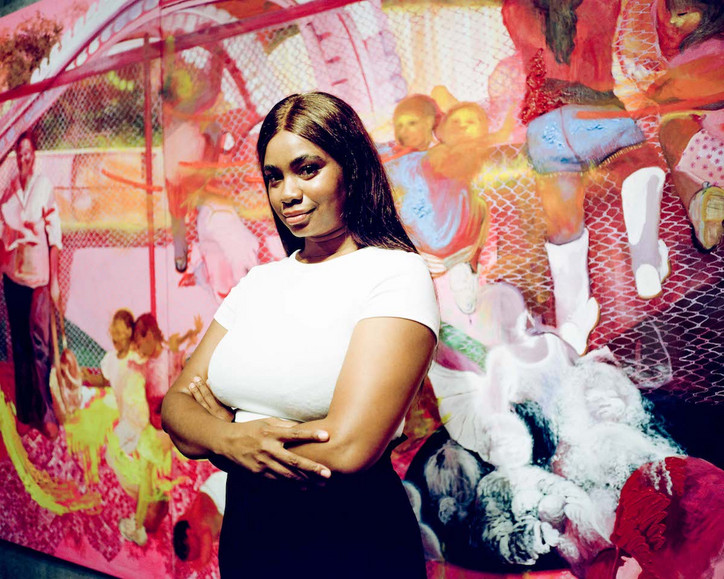
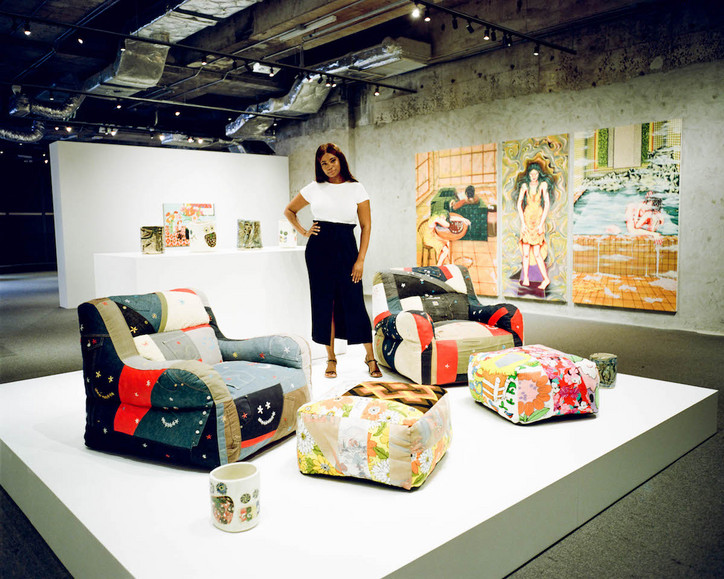
Marking Sow & Tailor's most ambitous show yet, their first one overseas, this curation took over a year of planning, making this opening even more special. "My approach was pretty natural. We started with our close group of friends and family who are artists. Then we started to reach out to people we knew in our greater community as well as some new faces who we quickly became close with. We did several selections of artists for the show, and when we reached 30 artists, it felt complete. It took a year of planning, lots of studio visits, and many hours of video chat. We practically organized this show in HK timezone with our HK team, who are now close family. Such a humbling and unique experience!" Galloway explains.
Having a solid support system in place, including Sow & Tailor Co-Founder Greg Ito, a participating artist and husband of Karen Galloway, "Hot Concrete: LA to HK," had many hands bring this show into existence, including WOAW gallery founder Kevin Poon.
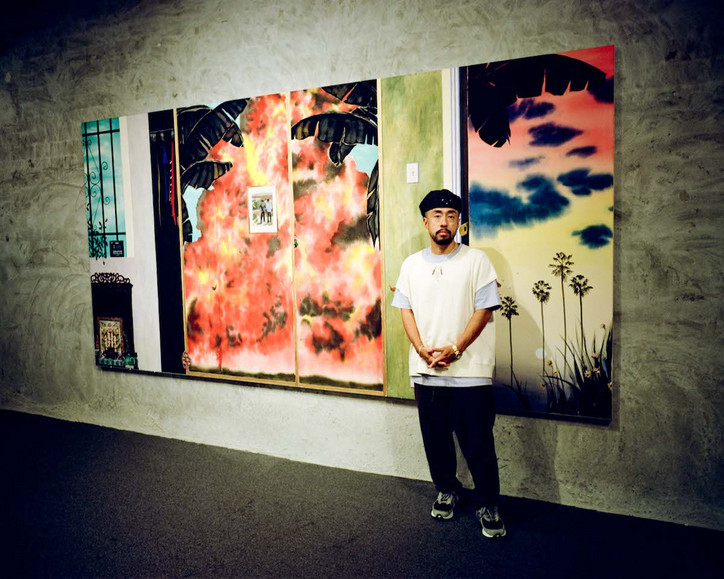
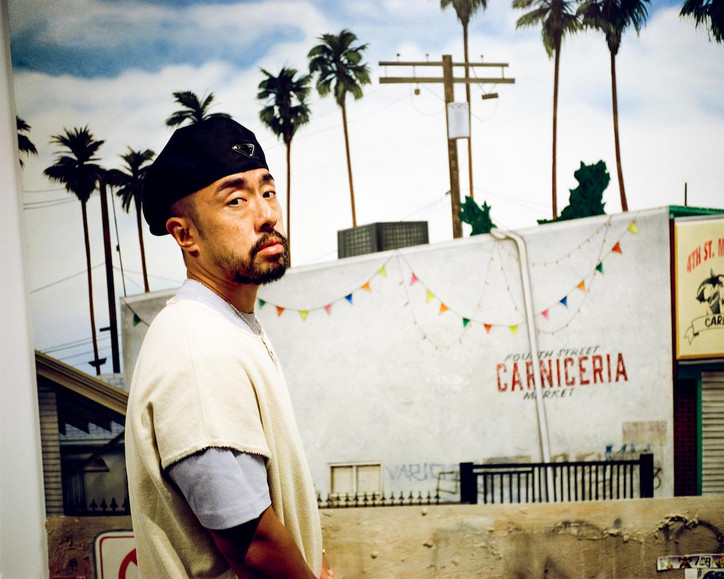
"As the founder of Woaw gallery, I’m super excited and humbled to be able to have an opportunity to co-host with Sow & Tailor, 30 super talented artists from Los Angeles, to show in such a beautiful backdrop in k11. It’s a fully cross-cultural event, and to be able to connect both worlds together it’s been such a blessing. I’m looking forward to the reaction of people who see the show and hope this can be a catalyst to doing more to bring the world closer" Poon notes.
From established artists like Peter Shire, a Los Angeles legend, to emerging sculpturist Diana Yesenia Alvarado, “Hot Concrete: LA to HK” invites the viewer to not only see the vibrancy that Los Angeles has to offer but look inward and acknowledge the vibrancy within themselves and the places they call home.
While the show consists of 30 unique artists, office spotlit 10 artists below, commenting on their creative processes and the importance of this exhibition.
Can you speak to your process of selecting your contribution for "Hot Concrete"?
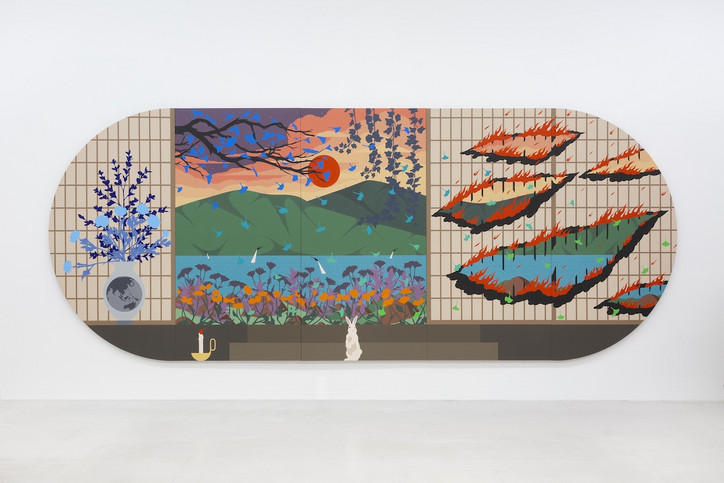
Greg Ito, Co-Founder of Sow and Tailor, Participating Artist
The process has been really exciting to see everything built from a simple idea proposed a year ago. I haven’t worked on a show this size in Asia ever before, and it's the largest painting I have completed this year. It’s been so gratifying to work on everything. I’m just happy to be out in Hong Kong with new friends and family and represent LA with this incredible group of artists.
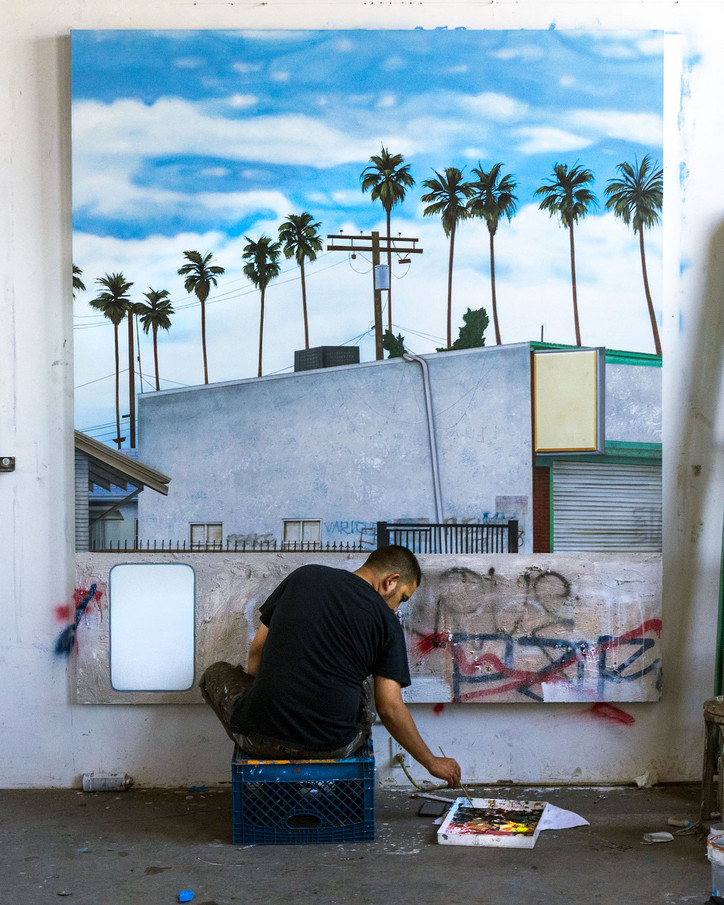
When I was thinking about making a work to show in Hong Kong, I wanted to bring the viewer into my everyday experience of my hometown, Los Angeles. I began to look through my archive of cellphone photos and found an almost-forgotten image I shot while sitting at a red light. Painted on an eight-foot canvas, I wanted the viewer to feel like they’re standing on a hot concrete corner in LA.
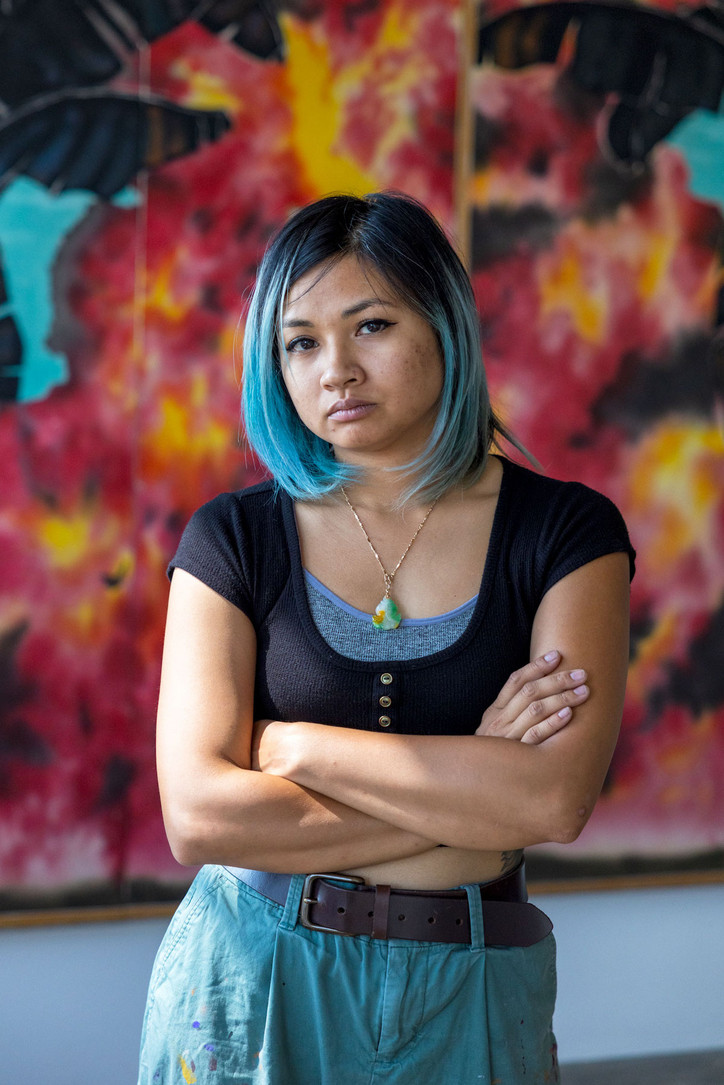
This painting is called, Almost Everything Burned. The fire in the mirror is a metaphor or a trigger about the ravage of war or destruction, butted against a peaceful home. This is a very familiar feeling amongst my Cambodian community that had settled in America since the 80s. It is a household we live in filled with many unanswered questions and with emotional ties to a past that is wanted to be forgotten by an entire generation and country. So I created this painting in response to that they couldn’t even if they wanted to because many of the children are trying to reconcile why.
In terms of process, intuitively, I’m responding to an issue that is personal but beyond just me. In this way, my explorations expand into what, where, and when. The painting is pieced up by references to people in my life, as well as objects and places that hold intrinsic value. Together they encapsulate a context across timelines and lived experiences. And when the paintings are finished, they’re like an affirmation. That this is what it is, and I’m no longer wondering why.
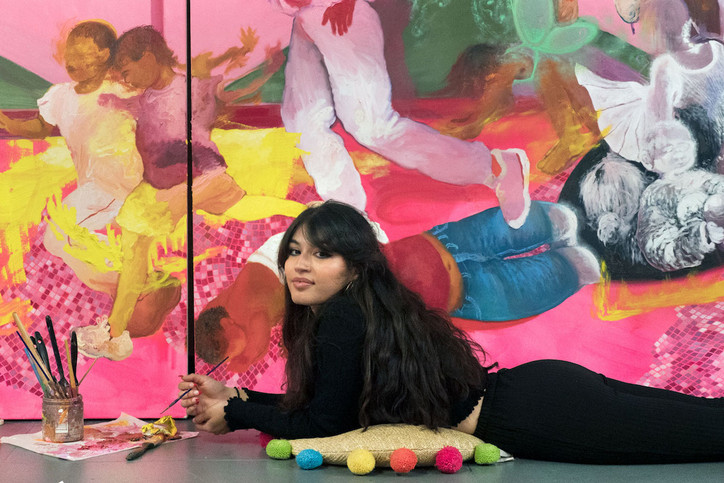
My work for Hot Concrete comes from a place of internally fighting with the idea of which spaces I felt the world somehow made me feel I never belonged in or felt I didn’t deserve to be a part of. My painting is an ode to the intricate structures of people, and the specificities of perceptions people experience that navigate where they find themselves to exist.
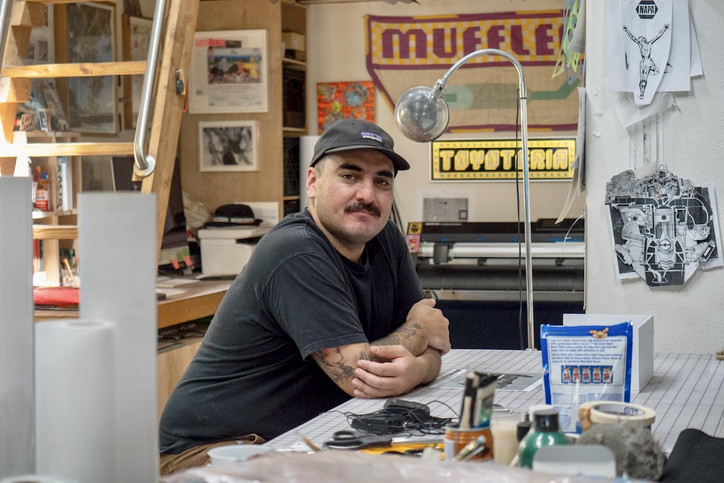
When I created the work “A Utopian Dream in Four Vignettes,” I was exploring ideas relating to commodity and labor. These ideas stemmed from examining issues that I felt were connected to the nature of Capitalism, which eventually became an indexical idea living in the current iconography of my paintings. In the video, I’m juxtaposing a truck and a horse, seemingly racing to the top of a mountain, mimicking each other's movements. The work invites the viewer to make associations while, at the same time, revealing a sense of freedom or utopia. I felt it was important to show this work in Hot Concrete (Hong Kong) because my family at Sow & Tailor offered me a unique opportunity to exhibit this work in a museum-quality aesthetic. My friend Greg Ito, truly understood my vision.
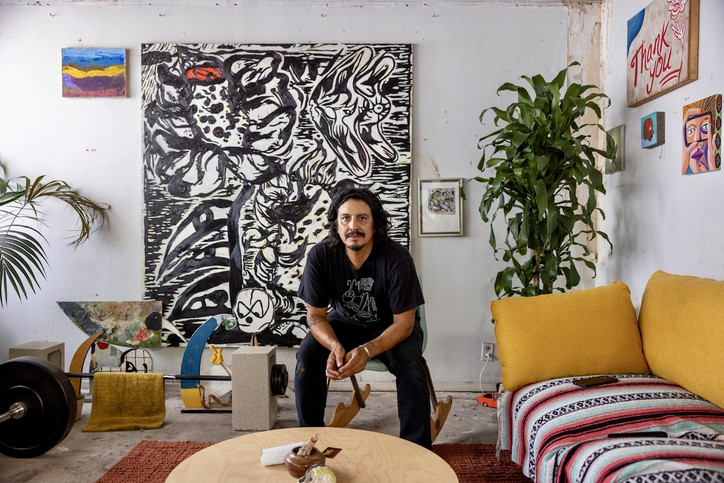
Yes, I wanted to show a window to what is just outside of Los Angeles to the southeast. The desert!
This is also the biggest painting I’ve made and also the biggest painting that will fit in and out of my small Chinatown studio. I love how this painting came together.
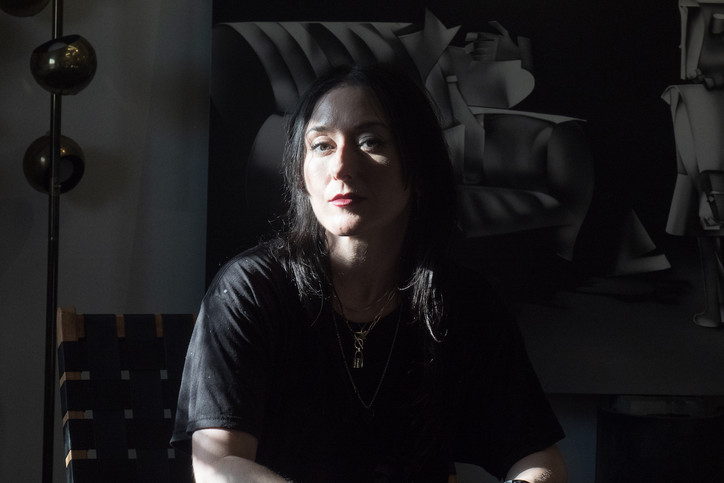
Working with airbrush and spray guns, I use paint I make from optical pigments that were originally intended for car-paint jobs. The grey color reflects rainbow glints in the light. I use hand-masking techniques to build up the precise image, section by section, with a series of cut-outs. I never add white paint and instead use only the original gessoed surface, more like drawing on white paper.
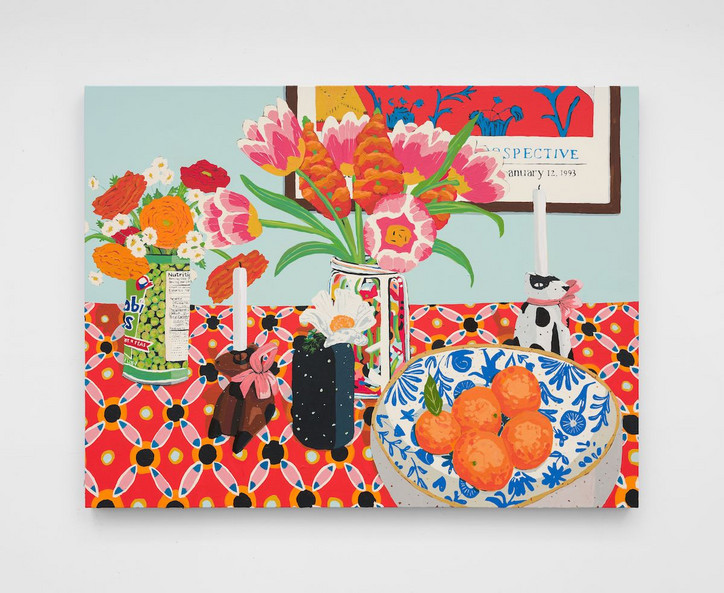
I love painting still life as a practice in looking. The subtle movements and light that created shadow and reflection provide endless new imagery to work with. This painting was made from an arrangement in my studio. The vessels and bowls have made many appearances in other paintings, but their arrangement, along with the varying flowers and textiles, is forever changing. This particular arrangement felt balanced in a way that I enjoy, so I was very happy to have it included in the show.
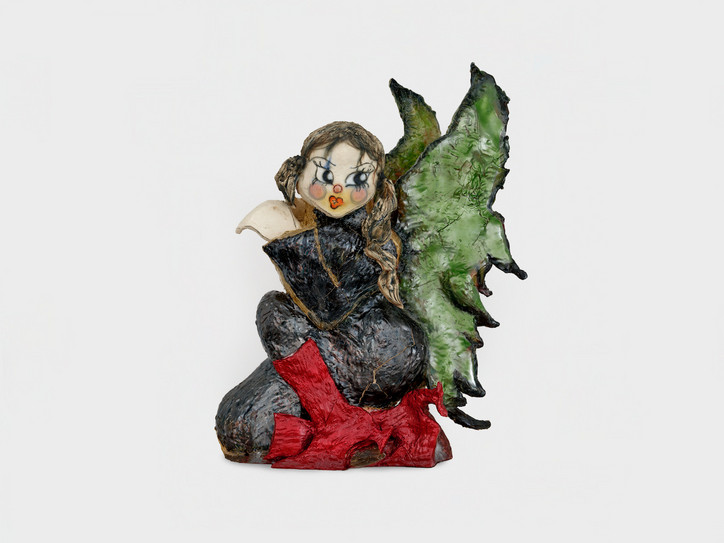
I start with a general form in mind and search as I build. Most recently, I’ve been drawn to winged creatures and angels for their symbolic meanings throughout history. Im starting to bring some of my sketches to life, and my pieces in hot concrete are a result of these explorations.
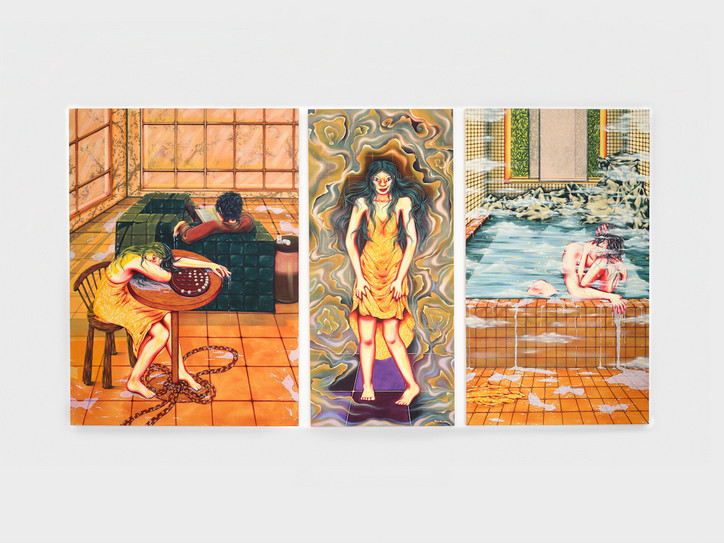
In Sharp; Zettai Mujunteki Jikodoitsu; Fluid, I was interested in combining the themes of my research into a triptych as a method of expanding the boundaries of my narrative paintings. I’m inspired by frescos and religious iconography, as well as a multitude of Eastern scroll paintings, and I found myself playing with continuous narratives. Repeating figures are seen in each panel, though the flow of time is not necessarily identifiable - perhaps they could also be existing all simultaneously. Zettai Mujunteki Jikodoitsu can be translated as “self-contradictory identity” or a “unity of opposites.” Contradiction is the operative variable of oneness. Within the struggle of finding a footing in relationship to a multicultural identity, womanhood, and sex - that dissonance is ultimately the harmony.
